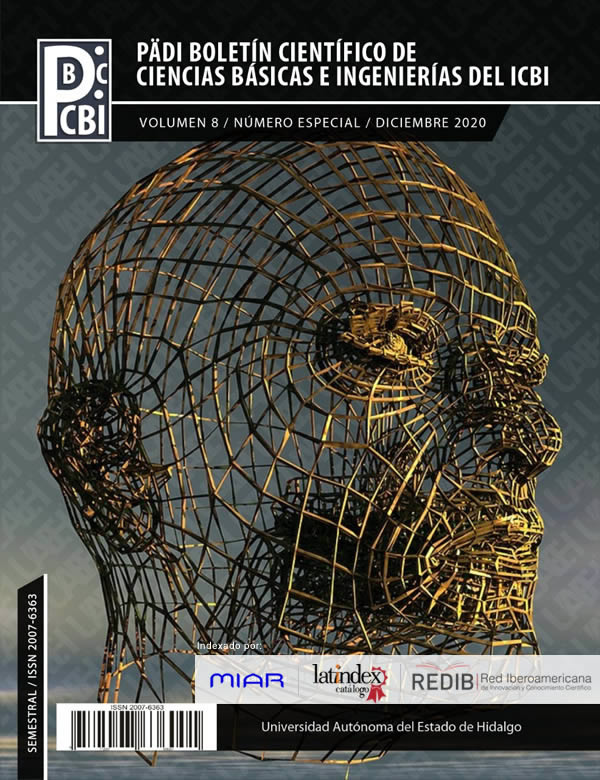Evaluation of the immunomodulatory action of the Horse Leukocyte Dialyzable Extract with Transfer Factor activity in Hypersensitivity type I in rodents
Abstract
Type I hypersensitivity reactions or allergies are distinguished by presenting an immune response to environmental antigens. Type 2 cytokine secreting cells (Th2 and ILC2 lymphocytes), eosinophils, IgE-producing B lymphocytes that bind to receptors on mast cells and basophils are involved, releasing mediators that increase vascular permeability, vasodilation, and bronchial and visceral smooth muscle contraction and inflammation, the most severe systemic manifestation being anaphylactic shock. An alternative treatment for regulating the response to allergens is the Transfer Factor (TF), which is obtained from a Leukocyte Dialyzable Extract (EDL) obtained from the lymphoid lysate cells, which contains at least 200 different molecules between 1 to 12 kDa. Of these, the fraction of peptides with molecular weights (MW) between 3.5 and 5 kDa are called TF, with interspecific immunomodulatory activity. The TF is made up of polar hydrophilic peptides, with acidic parts and two regions: one variable and one constant. Due to its low probability of zoonosis transmission, the horse can be selected for EDL and TF purification. Its obtaining was carried out from the list of blood cells, ultra-filtration and identification of peptides. TF thus obtained had a 51.3% increase in concentration compared to commercial human TF with a similar electrophoretic pattern. From the purified horse TF, its effect in the control of allergic reactions in guinea pig previously sensitized with ovalbumin was evaluated. Four groups of guinea pigs were studied, one control group sensitized with ovalbumine, one to which human FT was administered, another to horse FT dosages, and a fourth group to which TF was not administered as a negative control. Horse TF detected an immunomodulatory effect on allergic reactions equivalent to that presented with human TF, therefore it is an alternative for the treatment of allergies in humans.
Downloads
References
Abbas, A.K.,. Lichtman, H., & Pillai, S. (2004). Inmunología Celular y Molecular. Madrid: Elsevier.
Aldana Velazco L., Cosme Díaz K., Porras Castellanos D., Merino García N., Valenzuela Silva C., Amaya Izquierdo R., Suárez Alba J., Vázquez Bonachea A., Bacardí Fernández D., Milá Cáceres L., y Sánchez Álvarez K., Ensayo de Primera Ola del Factor de Transferencia (Hebertrans), CENIC Ciencias Biológicas, 2004: No. 3, Vol. 35, pág. 197-200.
Blood, C. D. (2002). Manual de Medicina Veterinaria. 9ª. Ed. Mc. Graw Hill. México, D.F.
Huerta López José G., Factor de Transferencia. Una alternativa en el tratamiento de las enfermedades alérgicas. 2002, Vol. 11, Núm. 1.
Kindt, T. J., Goldsby, R. A., & Osborne, B. A. (2007). Inmunología de Kuby. México: McGraw Hill Interamericana.
Kirkpatric, C.H. Structural Nature and Functions of Transfer-Factors. Annals of The New York Academy of Sciences. 1993.
Lawrence, H. S., Borkowsky, W. A New Basis for the Immunoregulatory Activities of Transfer Factor – an Arcane Dialect in the Language of Cells. Cell Immunol 1983
Mendoza Yanavilca, A., Fuentes Paredes, F., Rosales Fernández, A., & Cisneros Tameño, R. (2008). Guía y manejo de animales de laboratorio. Lima, Perú: Centro nacional de productos biológicos.
Murphy, K., Travers, P., & Walport, M. (2017). Inmunobiología de Janeway. México: El Manual Moderno
Rosenberg, I.M.(2005). Protein Analysis and Purification. Boston Birkhäuser
Vicuña F. Herbert,(2006). Informe bibliográfico sobre el factor de transferencia (Transfer FactorTM), USA: Woodland Publishing.













